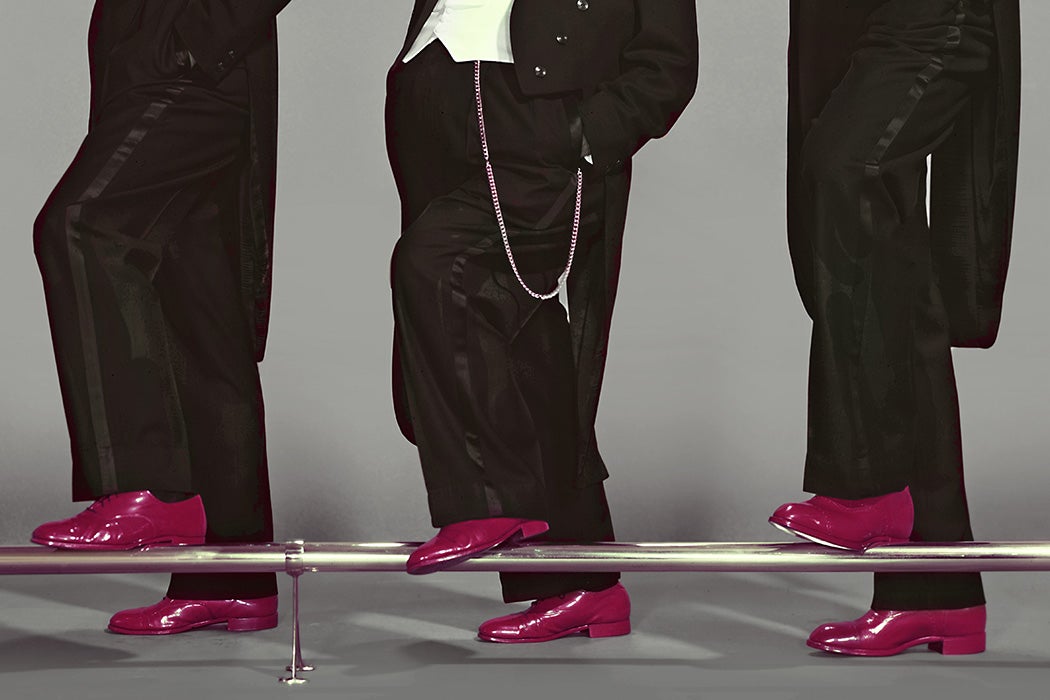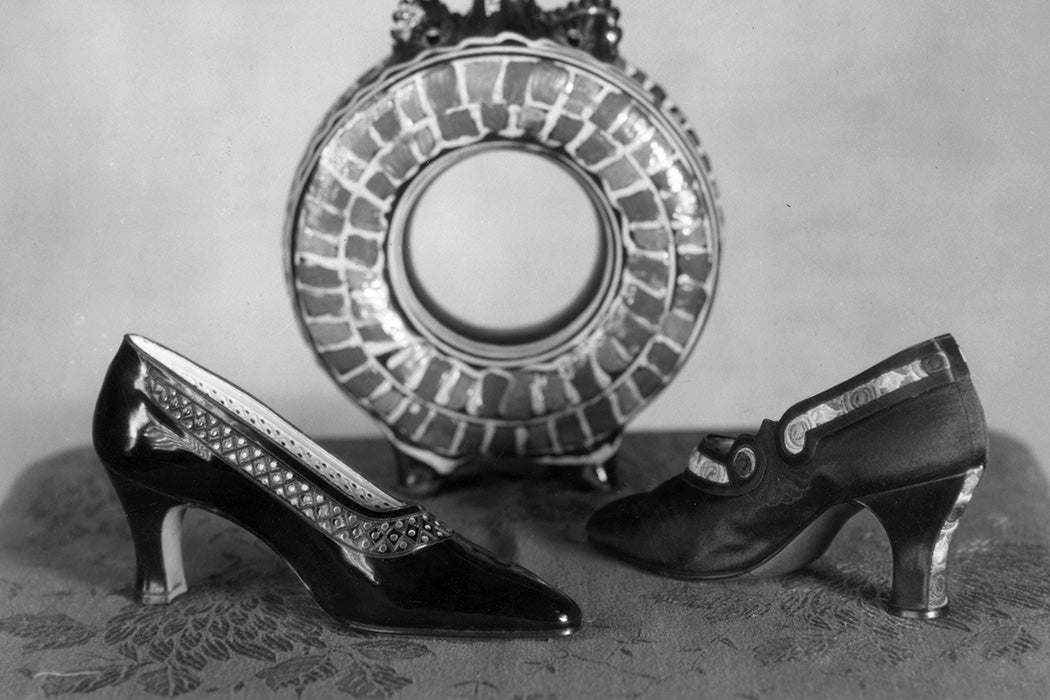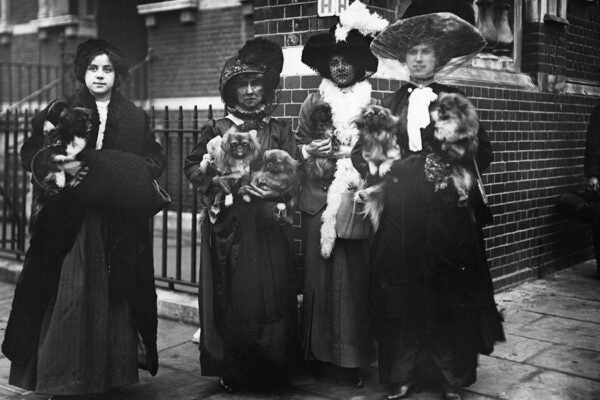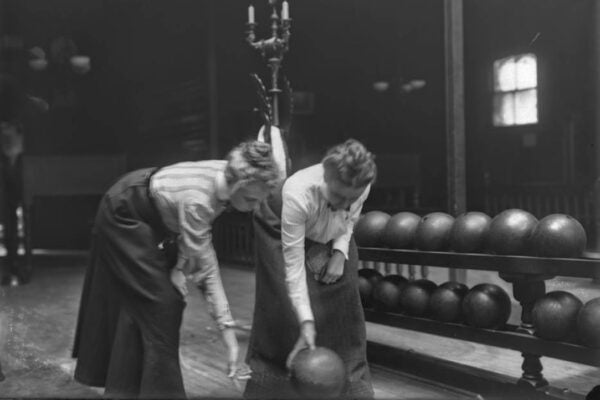You probably have a pair of patent leather shoes—or a bag, or a belt—with that noticeably high-gloss finish. You may also own a few synthetic (“PU leather”) goods that were made to imitate that look. But what is patent leather, and why is it patented?
Simply put, it’s real leather that’s been coated with varnish to give it a glossy finish. In 1857, Scientific American filed it under the heading of “Science and Art,” giving a description of the process (plus a rather dire health warning about its lead content).
“The first thing is the preparation of the linseed or drying oil,” the editors advise. It turns out a single batch requires five gallons of oil. Once procured, the oil is to be
boiled with four pounds and a few ounces of white lead, and an equal amount of litharge [lead oxide]…until it becomes of the consistence of a syrup. This mixture is then united with an ochre or chalk, according to the quality of the skins that are to be treated, and it is evenly spread on both sides of the leather, and well rubbed in. Three very thin coats are applied, allowing each to dry before the other is put on, and the surface is ground down with pumice stone. This process of laying on the drying oil and rubbing down is continued until a sufficient quantity has been laid on to prevent the varnish penetrating the leather.
Today, we would be worried about donning a leather garment shot through with lead as a toxic hazard. Scientific American editors were also concerned about the lead, not because of the potential for poisoning, but because they believed its presence explained “the prevalence of tender feet, corns and bunions, among those who are in the habit of wearing boots and shoes of this material, as it has a very drying and drawing action.” Those who “so indulge [in patent leather], look shiny about the feet at the expense of their health. They had better exert themselves a little, by using paste blacking, and thus be able to walk in comfort and with ease.”

The finishing process for a patent leather shoe was slow and labor intensive. Once the leather absorbs the lead, litharge, and ochre,
a mixture of the linseed oil and lead with fine ivory black is made, and a little turpentine added, to make it flow easily; this is laid on by means of a soft brush, and five or six coats are applied. This gives the surface of the leather a rich black, shining, pliable surface, over which, when dry, the varnish may be applied.
The finishing varnish includes either “asphalte, Prussian blue, or fine ivory black,” admixtures that give the leather its color, the editors explain. Asphalte makes a reddish leather, Prussian blue a green-blue leather, and ivory black, “the most common, [produces] a beautiful and brilliant black.”
This multi-step process would only be performed for high-value goods—and the suggestion that people should “exert themselves a little” hints at Scientific American’s opinion of the people who loved patent leather’s gloss but wanted to skip the hassle of polishing their shoes.
Patent leather production in the United States is credited to Seth Boyden, originally of Massachusetts, who apparently reverse-engineered the process after examining some high-gloss leather from Europe. After he was introduced to “glazed leather [as] it was called then, he analyzed the coating and soon devised a process, producing a better article than had been shown him,” writes Charles E. Fisher, then president of the Railway and Locomotive Historical Society.
Weekly Newsletter
Boyden was a hands-on inventor, Fisher writes, and before encountering patent leather, he was known for his skills in watch repair, telescope making, and rifle design. In his early twenties, he was making a living in New Jersey by silver plating bits and bobs for horses and carriages. However, “the factory in which he carried on his silver-plating work burned in 1818,” Fisher notes, “and in December of that year he built a shop on Broad Street [in Newark] for the manufacture of patent leather. Here he made the first patent leather made in this country.”
(Boyden was a serial entrepreneur and innovator, moving on quickly from patent leather to wrought iron, to railway engine manufacture, to daguerreotypes, to creating a new cultivar of the strawberry.)
Much of the process and the American history of patent leather is known. Yet despite its name, it’s still unclear who originally patented the process. Though associated closely with Boyden, the process existed well before he discovered it. Various methods of coloring and coating leather with varnish were used in Europe in the late eighteenth century. Older books suggest a number of tanners in England had received patents for different methods, so there’s no single inventor to credit and any patent on such a process has long since expired.







